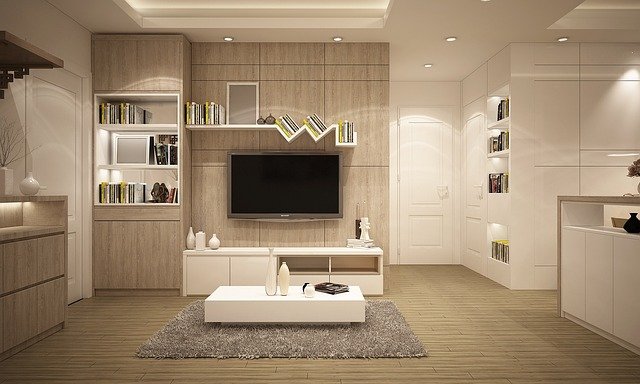Storage ideas that hide clutter while preserving aesthetic flow
Practical storage can keep a living room feeling calm without sacrificing style. This article outlines discreet solutions that integrate with your sofa and decor, balance textiles and acoustics, and maintain a cohesive palette and layout so everyday items stay organized but out of sight.

A living room that hides clutter while preserving aesthetic flow blends intentional storage with thoughtful finishes. Start by assessing how you use the space: where media is accessed, which textiles are seasonal, and where everyday items accumulate. Good storage supports the layout rather than fighting it, complementing upholstery and rug choices and letting lighting and decor remain focal points. The aim is to make functional elements look like part of the design, so the room reads as calm and purposeful even when it’s in regular use.
How can a sofa support hidden storage?
Choose a sofa that addresses storage needs without disrupting visual balance. Options include models with under-seat drawers, lift-up cushions revealing compartments, or a sectional paired with an integrated storage chaise. Upholstery texture can disguise seams and panels, while a low-profile base keeps the silhouette clean. Place soft textiles like throws and baskets for cushions nearby to soften the look and conceal remote controls, chargers, or blankets. Positioning the sofa relative to the rug and media setup ensures stored items stay handy yet invisible when hosting guests.
What storage solutions work with your layout?
Storage must follow the room’s circulation paths to preserve flow. In open-plan spaces, use console units behind a sofa or low cabinets as subtle dividers that also store board games or magazines. For smaller footprints, vertical storage or wall-mounted cabinets free floor space and maintain an uncluttered aesthetic. Consider furniture with dual functions—a coffee table with internal compartments or ottomans that open—to keep surfaces clear. Align storage placement with lighting and sightlines so items remain out of view but accessible from typical seating positions.
When should shelving be visible vs concealed?
Shelving can be both a display platform and a concealment strategy. Open shelving works well for curated decor, books, and media that contribute to your palette and personal style. To hide everyday clutter, combine open shelves with cabinets or baskets on lower levels. Floating shelves with integrated doors or sliding panels allow a changeable balance between exhibition and concealment. Use consistent materials and finishes so shelving appears intentional; matching woods, metals, or painted surfaces keeps the shelving integrated with other elements like the rug or coffee table.
How do textiles and upholstery affect hidden storage?
Textiles play a role in disguising storage seams and softening transitions. Durable upholstery conceals frequent use while patterned fabrics can mask wear near openings. Use coordinated cushions and throws to camouflage storage ottomans or trunks. Slipcovers provide seasonal refreshes and can hide multi-purpose furniture when desired. For baskets and fabric-lined drawers, choose textiles that match the room’s palette and texture story so these practical items read as decor rather than afterthoughts.
How can lighting, decor, and acoustics work with storage?
Lighting directs attention; well-placed ambient and task lighting can emphasize architectural or decorative features while leaving storage zones less prominent. Recessed lighting above display pieces, or a lamp near a reading chair, keeps functional areas lit without spotlighting hidden compartments. Acoustic panels and soft furnishings absorb sound and can double as concealment—storage benches with upholstered fronts help with acoustics while tucking away gear. Keep decor consistent in color and scale so shelving and concealed units feel part of a cohesive visual strategy rather than cluttered additions.
How do rugs, palette, and media choices influence concealment?
A rug anchors the seating area and helps define where storage should be accessible without drawing attention. Choose a rug and palette that hide high-traffic wear and coordinate with storage finishes. Media solutions—like wall-mounted screens over low credenzas or built-in cabinetry—allow cables and devices to be tucked away. Consider tailored paneling or doors that match wall finishes to conceal media equipment when not in use. Thoughtful color and texture choices turn practical storage into background structure that supports the room’s overall aesthetic.
A calm, uncluttered living room results from pairing discreet storage with consistent design choices. Prioritize storage that aligns with how you use the space—integrated sofa compartments, mixed shelving and cabinetry, and multipurpose textiles all help keep items out of sight. By coordinating upholstery, lighting, rug selection, and palette, you can maintain acoustic comfort and easy media access while ensuring every functional element contributes to a cohesive interior rather than interrupting it.





